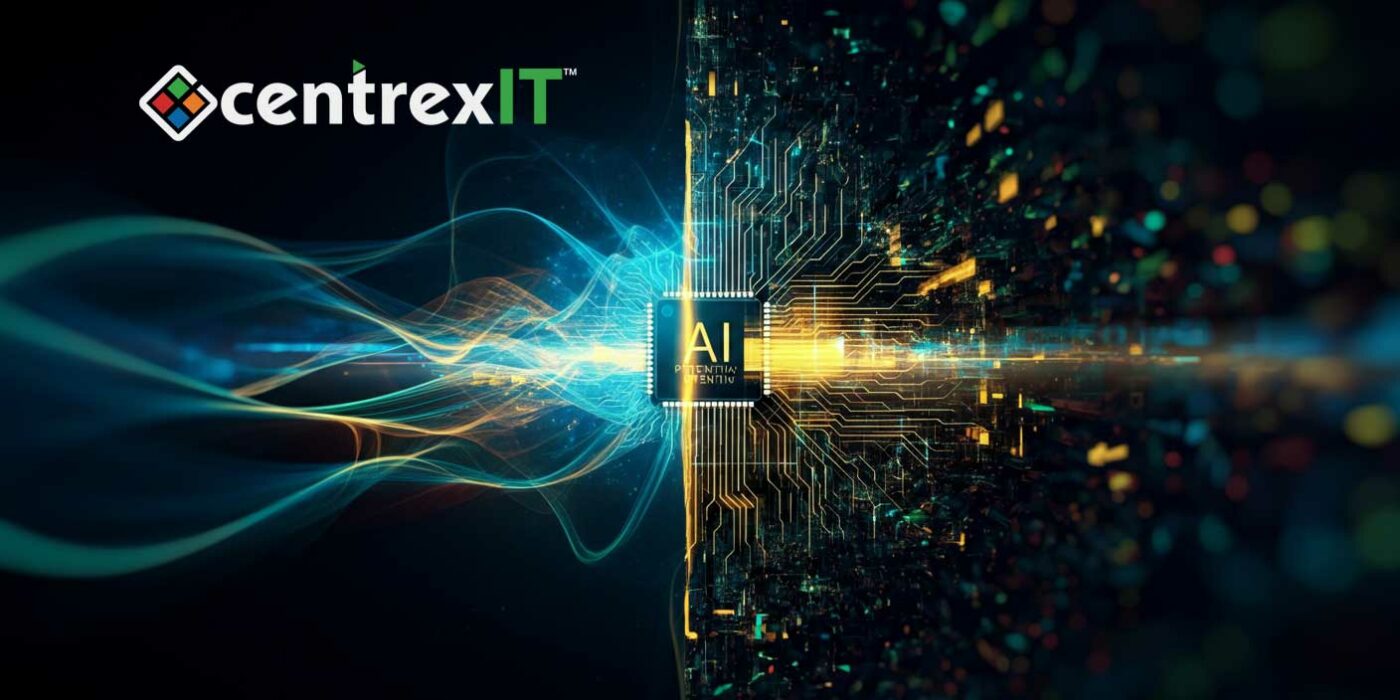Artificial Intelligence (AI) is more than just a buzzword in life sciences; it’s a seismic shift, accelerating drug discovery, streamlining clinical trials, and paving the way for personalized medicine.
From optimizing molecular structures to predicting patient responses, AI promises unprecedented efficiency and insight. Yet, for life science executives, this transformative potential comes hand-in-hand with a complex new landscape of cybersecurity risks.
Embracing AI requires not just enthusiasm, but a deep understanding and proactive management of these emerging threats.
The AI Imperative: Reshaping Life Sciences
AI applications are rapidly becoming indispensable across the life science value chain:
- Drug Discovery & Development: AI algorithms analyze vast datasets to identify novel drug candidates, predict compound efficacy, and optimize synthesis pathways, dramatically reducing time and cost.
- Clinical Trials:AI can optimize patient recruitment, monitor trial data for anomalies, and accelerate data analysis, leading to more efficient and reliable clinical outcomes.
- Personalized Medicine: AI-driven diagnostics and treatment plans leverage patient-specific data, leading to more effective and tailored interventions.
- Manufacturing & Supply Chain: AI enhances operational efficiency, predicts equipment failures, and optimizes logistics, ensuring
consistent quality and availability of critical products.
This rapid adoption, while beneficial, expands the digital attack surface and introduces vulnerabilities unique to AI systems.
The New Frontier of Cyber Risks in AI Adoption
As AI becomes more integrated into core life science operations, new types of cybersecurity
challenges emerge:
- Data Poisoning & Integrity Attacks: Attackers can subtly inject malicious or inaccurate data into AI training sets, leading to flawed models that make incorrect predictions or compromise research integrity. This could mean failed drug development or faulty diagnostics.
- Model Theft & IP Loss: Proprietary AI models are valuable intellectual property. Adversaries can steal these models through various means, gaining access to your research methodologies or even creating rival products.
- Adversarial AI Attacks: Attackers can craft specific inputs designed to trick an AI model into misclassifying data or making erroneous decisions, potentially impacting everything from image analysis in diagnostics to patient risk stratification.
- Supply Chain Risks: The reliance on third-party AI platforms, open-source libraries, and cloud services for AI development introduces vulnerabilities from external sources.
- Privacy & Data Leakage: AI systems often process vast amounts of sensitive patient or proprietary research data. Inadequate security can lead to inadvertent data leakage or privacy violations, risking compliance breaches (e.g., GDPR, HIPAA).
- Explainability & Auditability Gaps: The “black box” nature of some AI models can make it difficult to audit their decisions or understand why a certain outcome was reached, complicating compliance and incident investigation.
centrexIT: Charting a Secure Course At centrexIT, we believe that embracing AI shouldn’t mean compromising security. Our mantra,”Our IT company is all about the people. Our clients and our team are our #1 priority,” drives us to empower life science organizations to leverage cutting-edge technology securely. We help you navigate the complexities of AI adoption by identifying and mitigating
the unique cybersecurity risks it presents.
Ready to harness the power of AI securely and confidently?
Our white paper, “AI Readiness for Life Sciences: Navigating Cybersecurity Risks & Compliance,” provides a strategic framework for building a robust AI cybersecurity program. It’s your guide to unlocking AI’s potential while safeguarding your intellectual property, ensuring data integrity, and maintaining regulatory compliance.
Download the White Paper Now: Safeguarding Innovation
Safeguarding Innovation: Advanced Cybersecurity
Strategies for IP protection in Life Sciences
Please fill out the following form to download the white paper now!
